Leather is a material that is widely used and in high demand in both the fashion and industrial sectors. Leather prices can vary under the influence of many factors, which can lead to significant cost differences at different stages of the supply chain. This article will provide information on the main factors affecting leather prices, price changes by leather type, and the current situation in the market.
Factors Affecting Leather Prices
-
Raw Material Source
The most fundamental determinant of leather prices is the source of the raw material. Leather is usually obtained from the skins of animals such as cattle, sheep, and goats. The conditions in which these animals are raised, supply levels, and regional differences can have a direct impact on leather prices. For example, while cattle leather is generally considered one of the most common and cost-effective types of leather, exotic skins (e.g. crocodile, snake) can command much higher prices. -
Processing and Production Costs
Leather is not used in its raw form; it needs to go through various processes. Processes such as tanning, dyeing, and polishing are among the factors that increase the cost. In addition, factors such as the techniques used in the production of leather products, hand workmanship, or the use of machinery also determine the final price. -
Quality and Type
The quality of the leather has a significant impact on price. Higher-quality leathers, such as full-grain leather, are more expensive because they are more durable and retain their natural characteristics. Split leather, or faux leather, on the other hand, may be more affordable but will vary in durability and aesthetics. -
Supply and demand
Leather prices are also affected by global supply and demand dynamics. In the fashion industry, increased demand for leather products at certain times can cause prices to rise. In addition, factors such as supply chain disruptions, climate change or political instability can affect supply and lead to price fluctuations. -
Economic Conditions
Macroeconomic factors such as global and local economic conditions, exchange rates and raw material prices can also affect leather prices. Fluctuations in exchange rates in particular can cause significant changes in the cost of imported leather and leather products. -
Sustainability and Environmental Factors
Sustainable production techniques, the use of recycled materials and eco-friendly tanning methods have gained importance in recent years. Such practices are often associated with higher costs, which can increase leather prices. However, consumer interest in sustainable products may offset this cost increase.
Price Differences According to Leather Types
-
Full-Grain Leather : The highest quality leather type. It maintains its natural structure and develops a more beautiful patina over time. This type of leather is one of the most expensive leather types due to its low processing process and durability.
-
Top Grain Leather : This type of leather, which comes after full grain leather, is obtained from the top layer but is made smooth with some processes. Its price is lower than full grain leather, but it is still considered a high quality leather.
-
Split Leather : This type, obtained from the lower layers of the leather, is more affordable than full grain or top grain leather. It is usually artificially smoothed or dyed, but has less durability.
-
Faux Leather : This material is produced as an alternative to real leather and is usually much more cost-effective. Although it provides the appearance of leather, faux leather is not at the same level as real leather in terms of durability and flexibility.
Current Situation in Leather Prices
As of 2024, leather prices are fluctuating due to uncertainties in the global economy and supply-demand balances. In particular, increased awareness of environmental sustainability has increased the demand for recycled leather and environmentally friendly production techniques, which has led to price increases in certain segments. In addition, increases in energy costs and logistics problems are among the other factors affecting leather prices by increasing production costs.
Frequently Asked Questions (FAQ)
1. What factors affect leather prices?
Leather prices are affected by many factors, including raw material source, processing and production costs, quality and type, supply-demand balance, economic conditions and sustainability.
2. Which type of leather is the most expensive?
One of the most expensive types of leather is full-grain leather. This type of leather is more expensive than other types of leather due to its high quality and preservation of its natural properties.
3. Why do leather prices fluctuate?
Leather prices can fluctuate due to dynamics such as global economic conditions, exchange rates, raw material supply and demand. In addition, supply chain problems and sustainability demands can also cause price fluctuations.
4. What is the price difference between faux leather and real leather?
Faux leather is usually cheaper than real leather. This difference is because faux leather is less durable and mimics the look of real leather, but is of lower quality.
5. How are leather prices expected to change in the future?
Leather prices are expected to fluctuate in the future due to increasing demands for environmental sustainability, difficulties in sourcing raw materials and economic uncertainties. However, innovative production techniques and the widespread use of recycled materials could help stabilize prices.
Conclusion
Leather prices are shaped by many variables and this is an issue that should be monitored carefully by both producers and consumers. Raw material sources, processing processes, economic conditions and sustainability demands are among the main factors that determine leather prices. In the future, as the leather market adopts more sustainable and environmentally friendly approaches, a parallel change in prices can be observed.
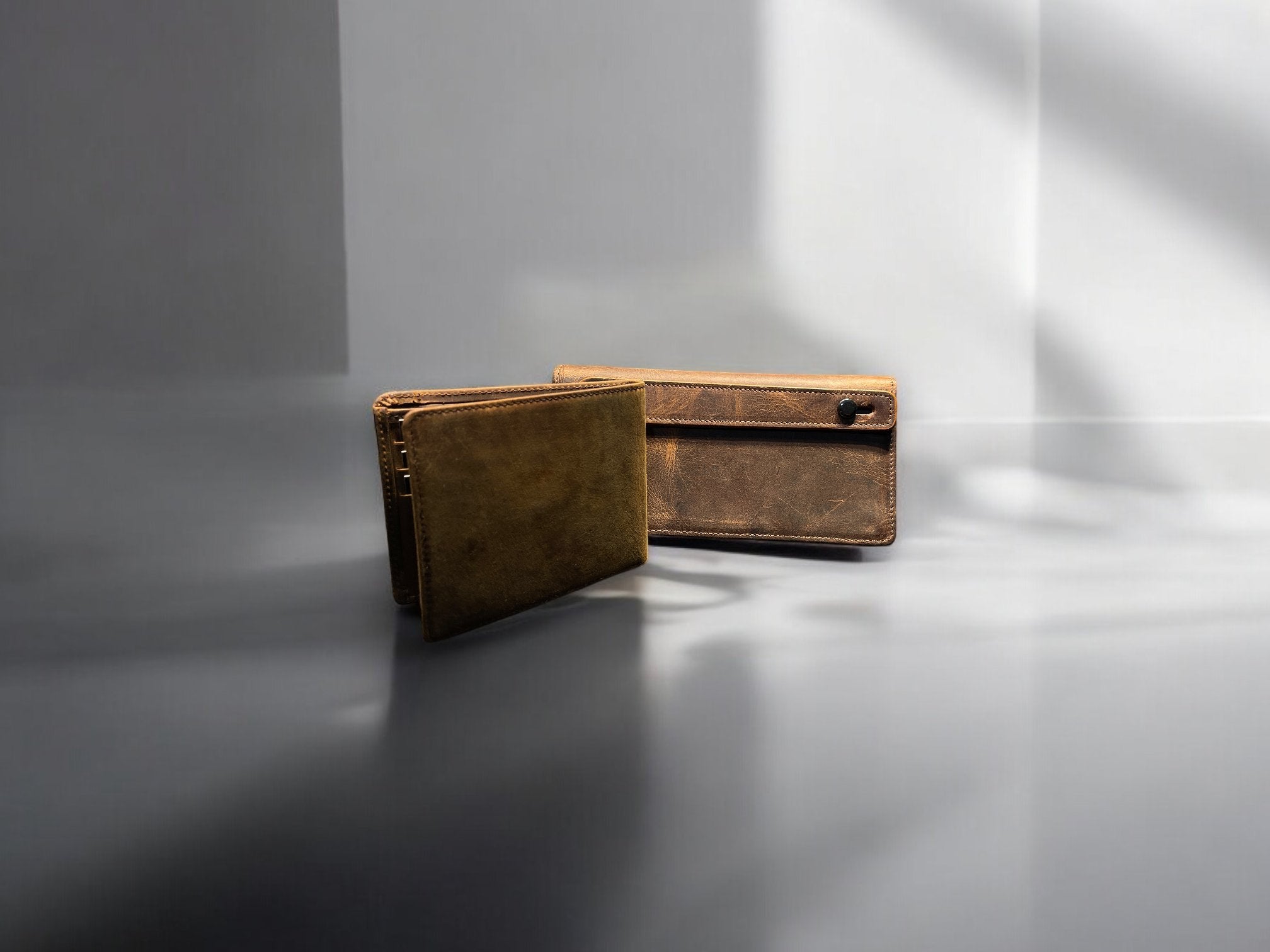
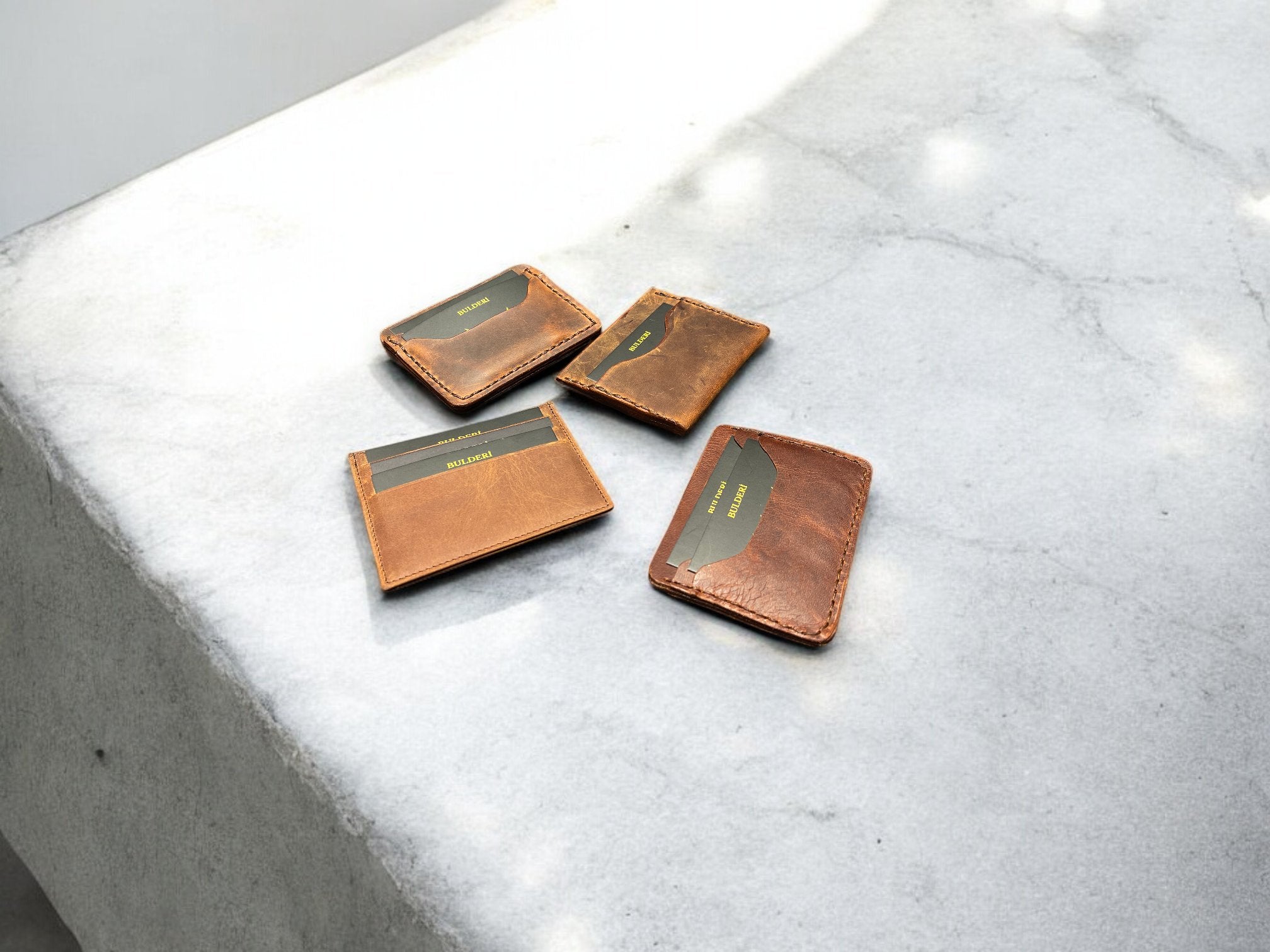
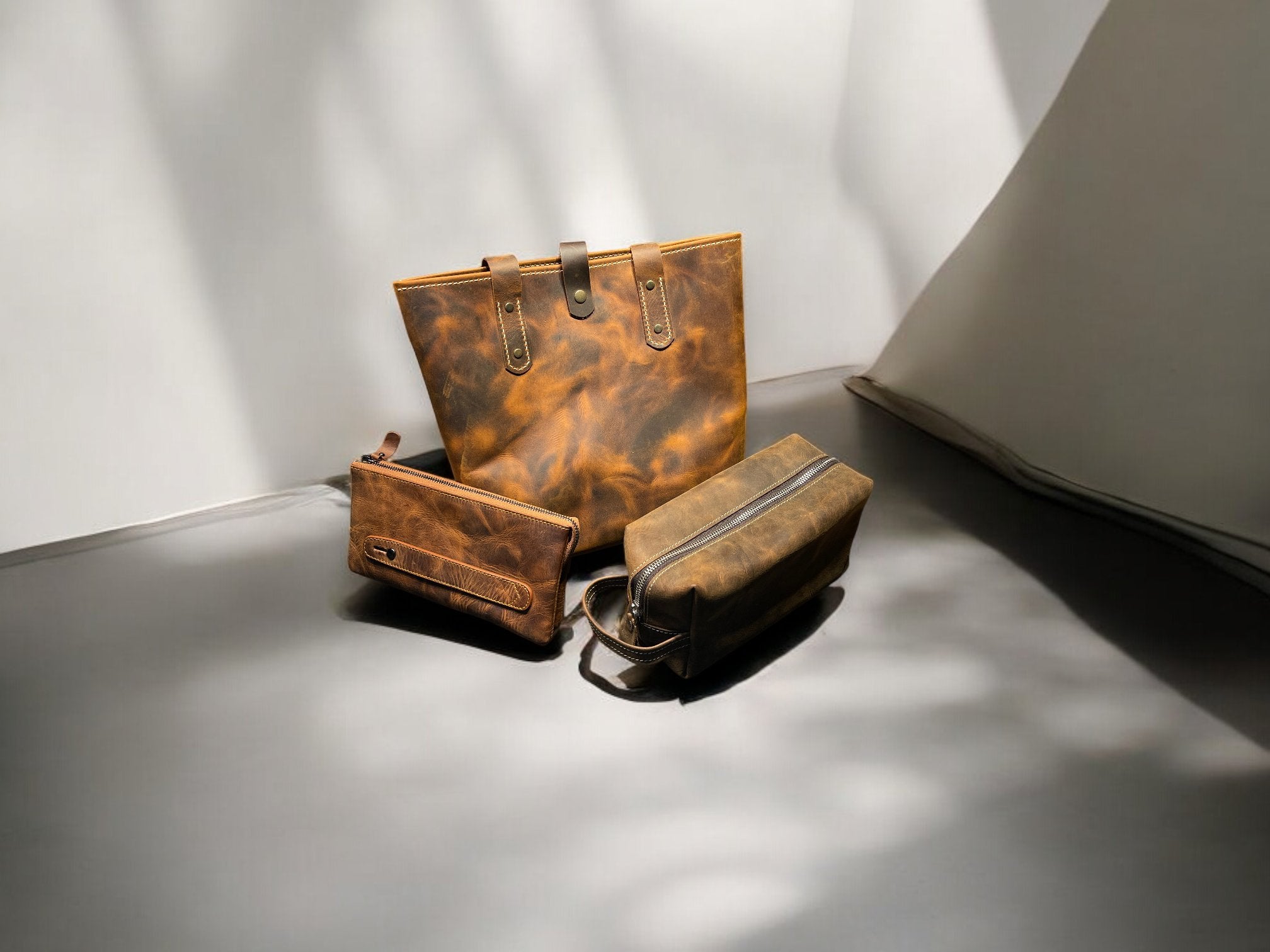

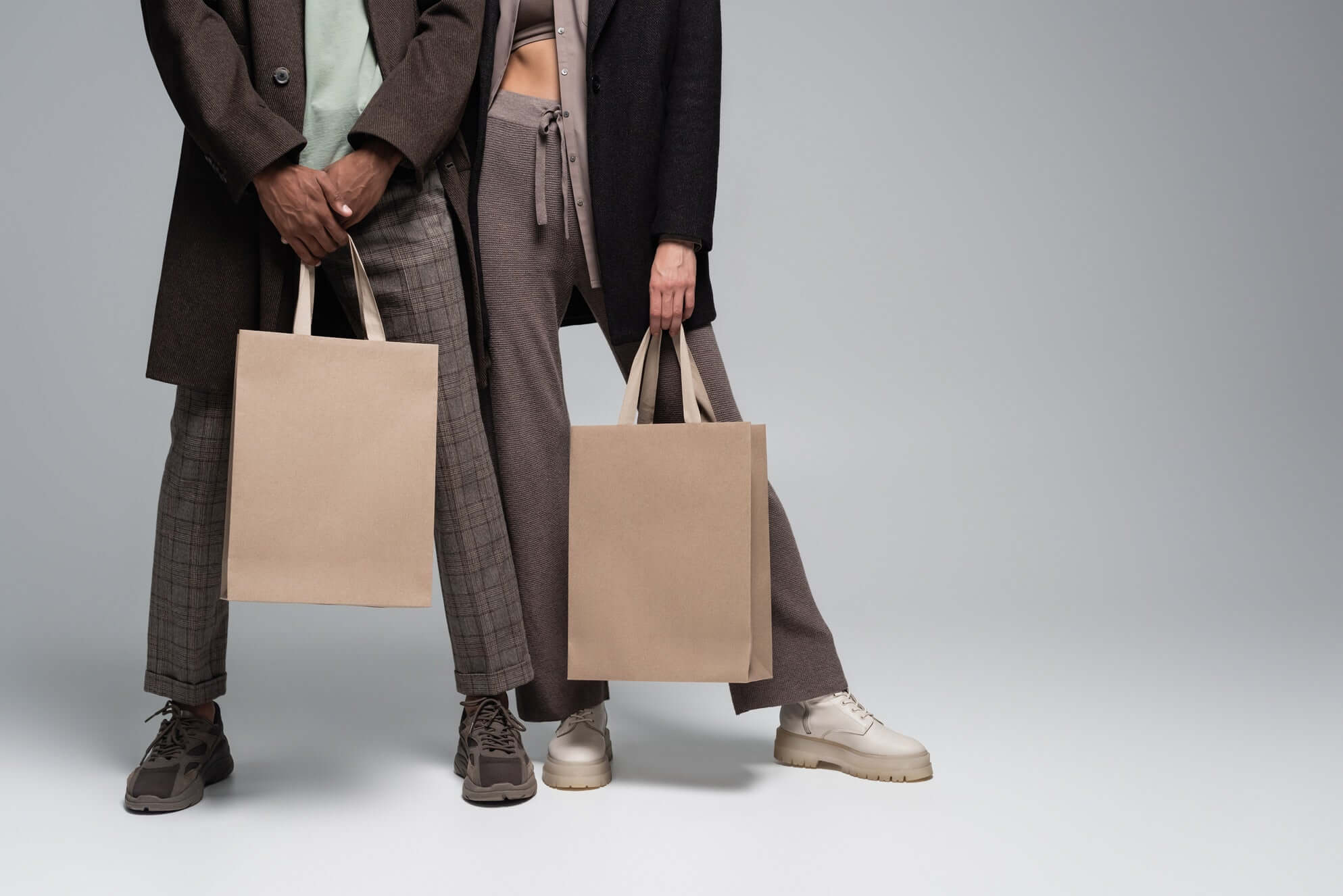

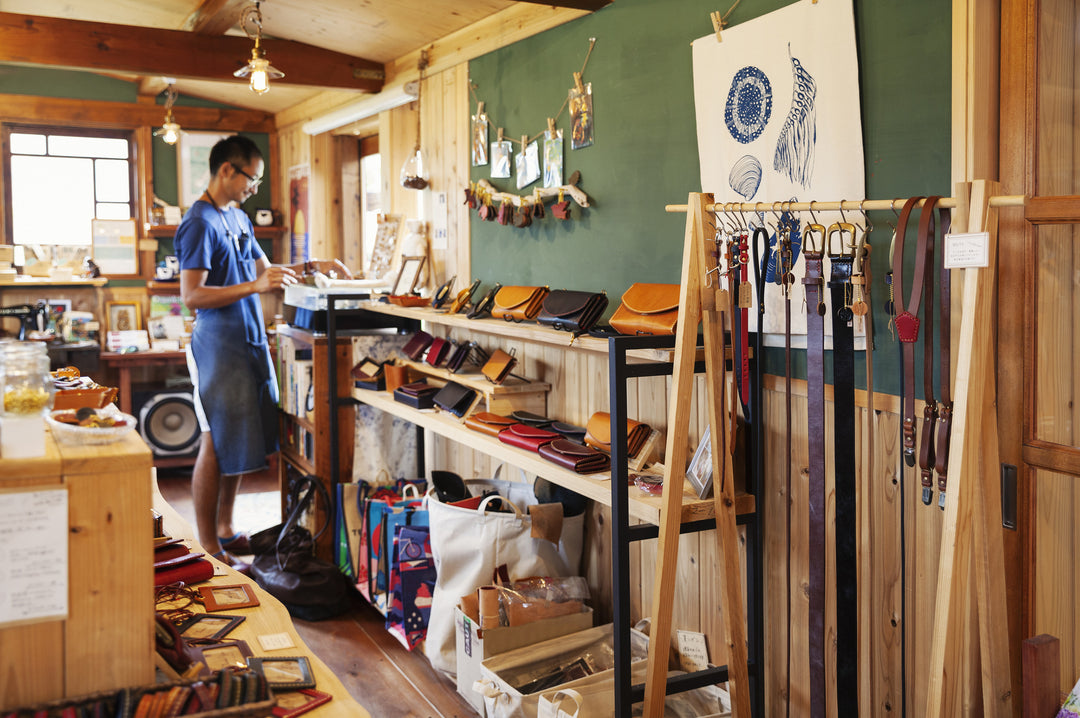
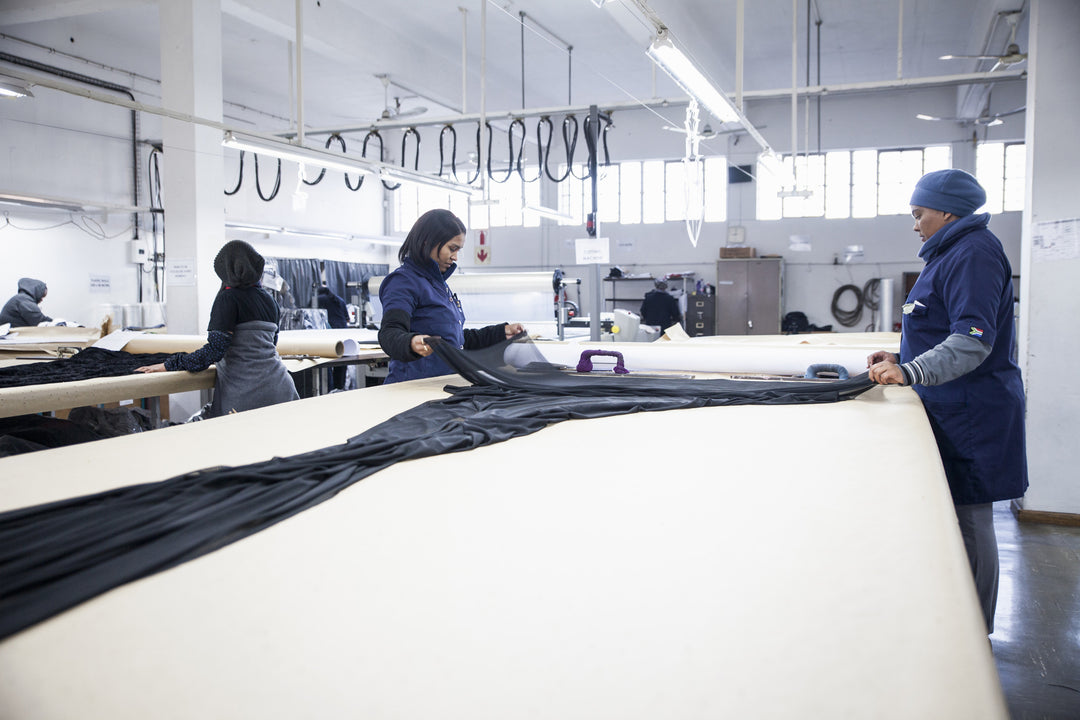
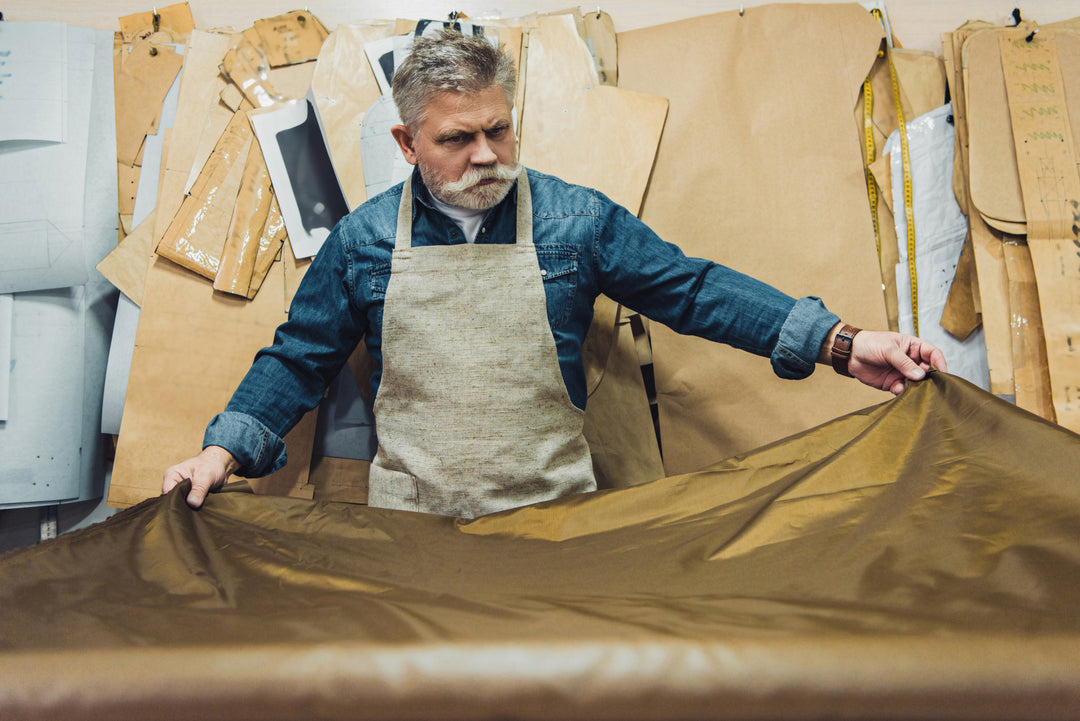
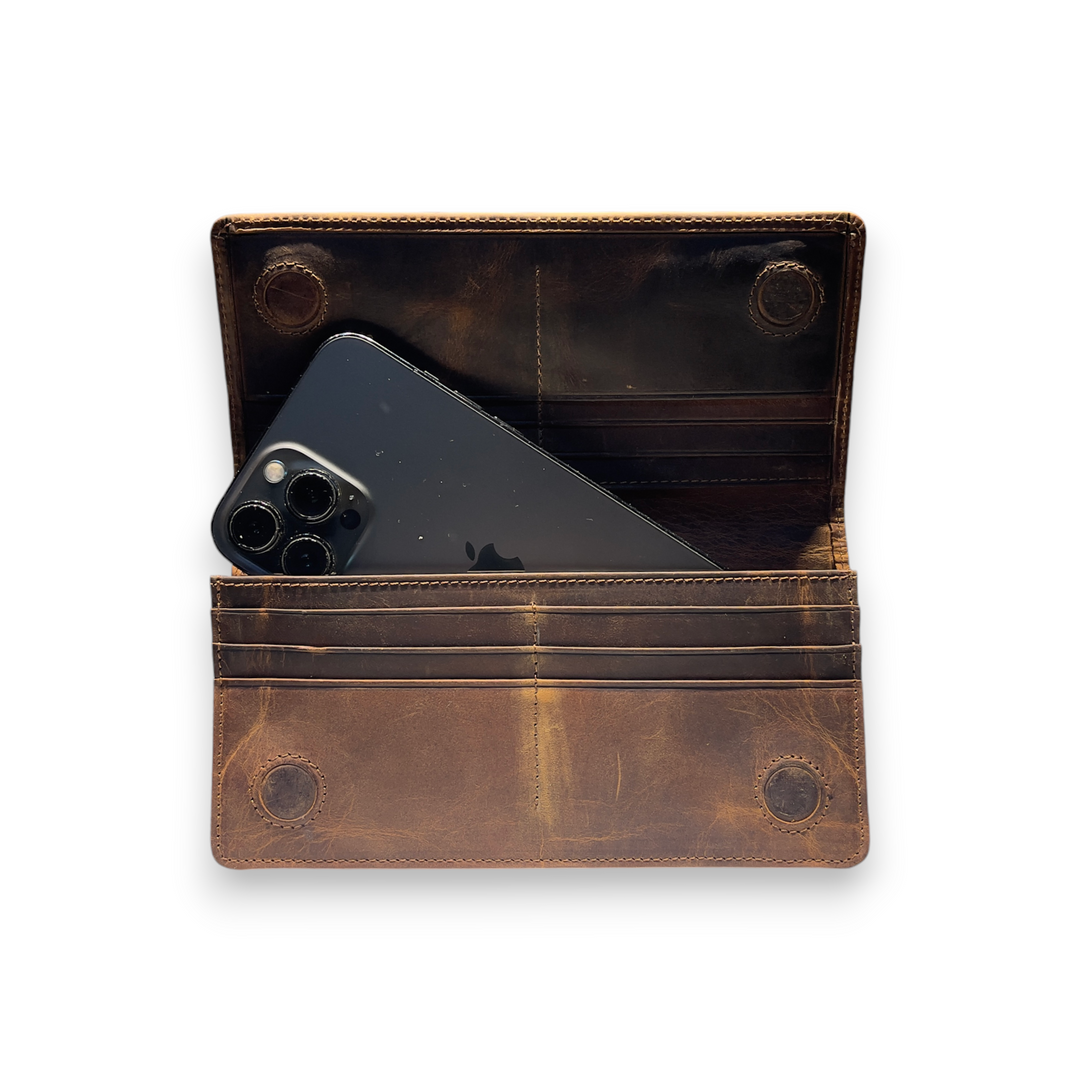
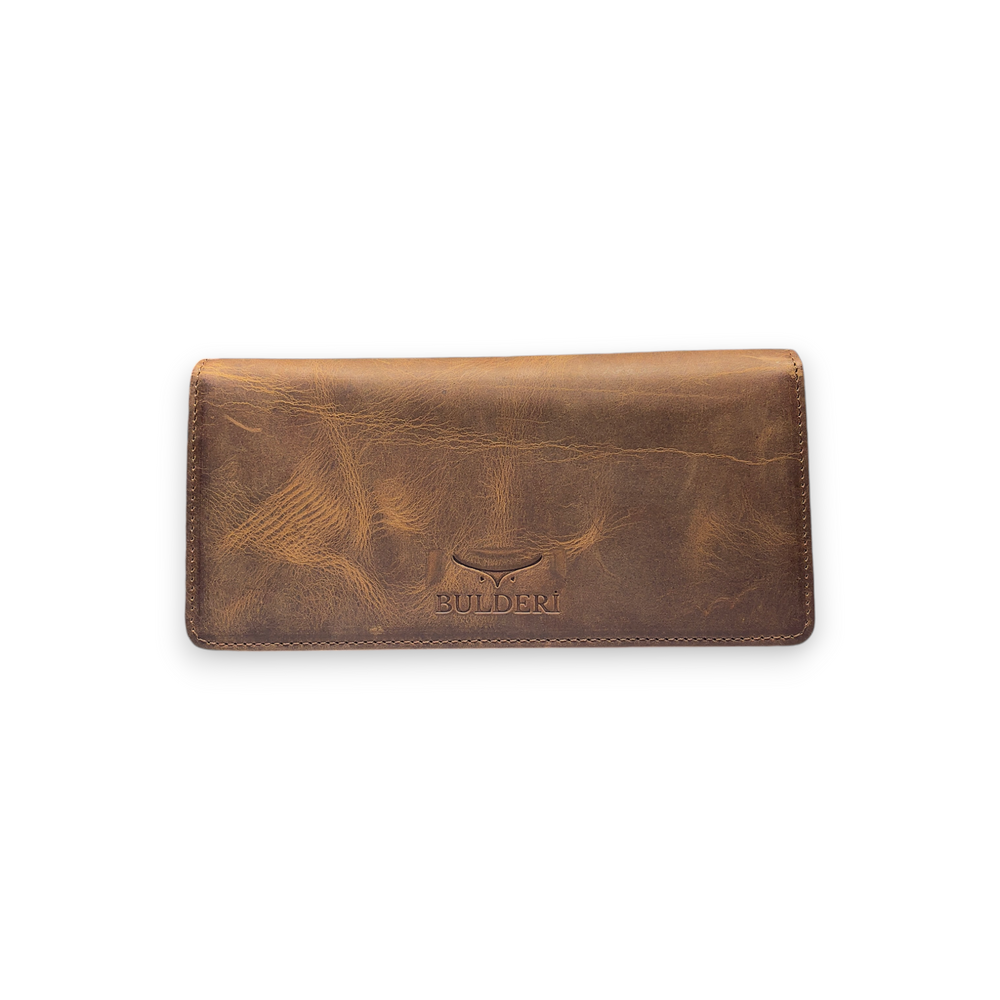
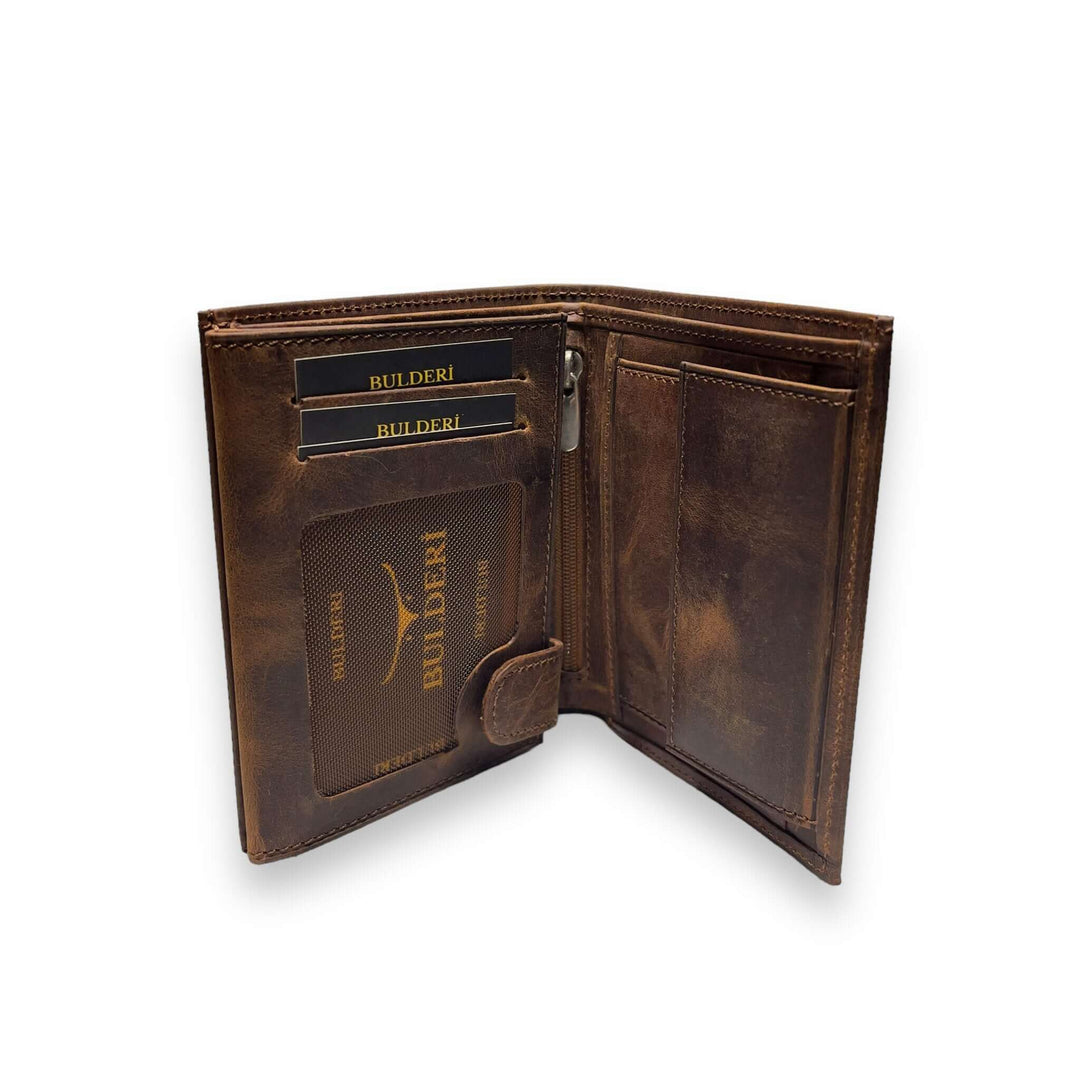
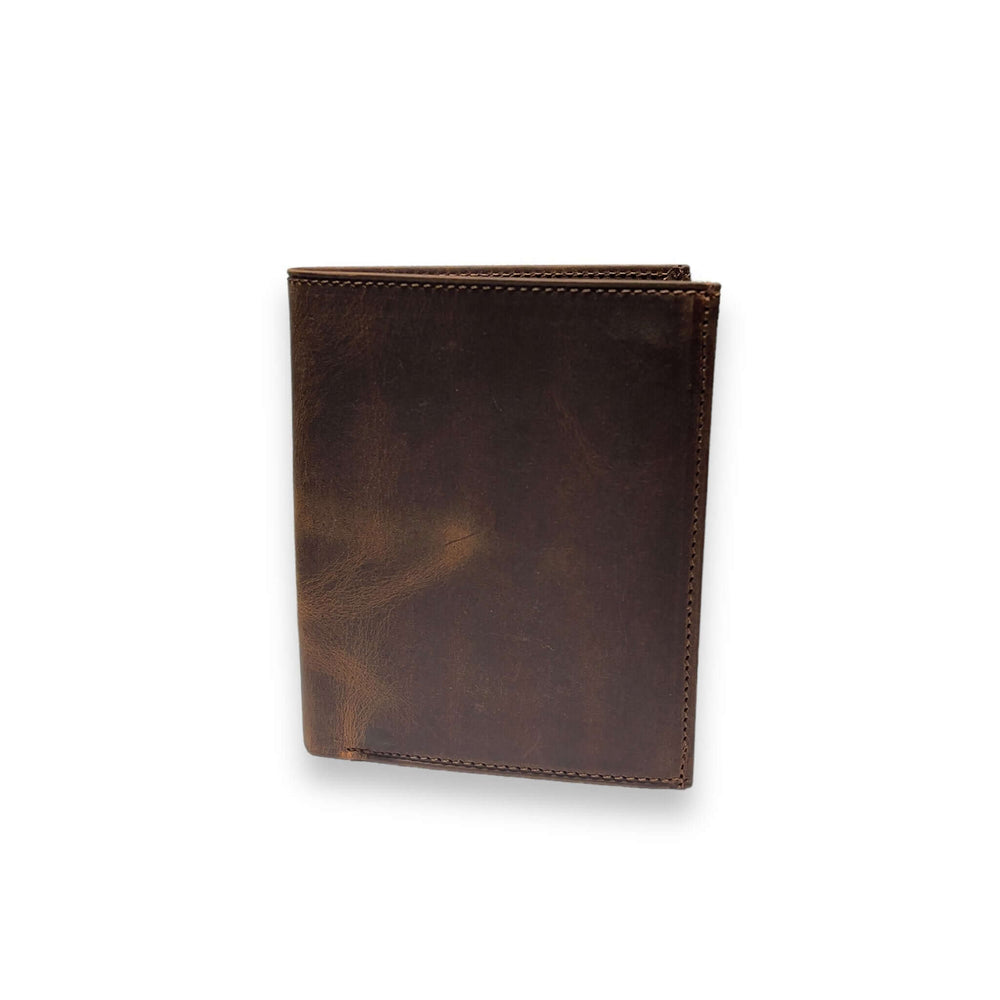
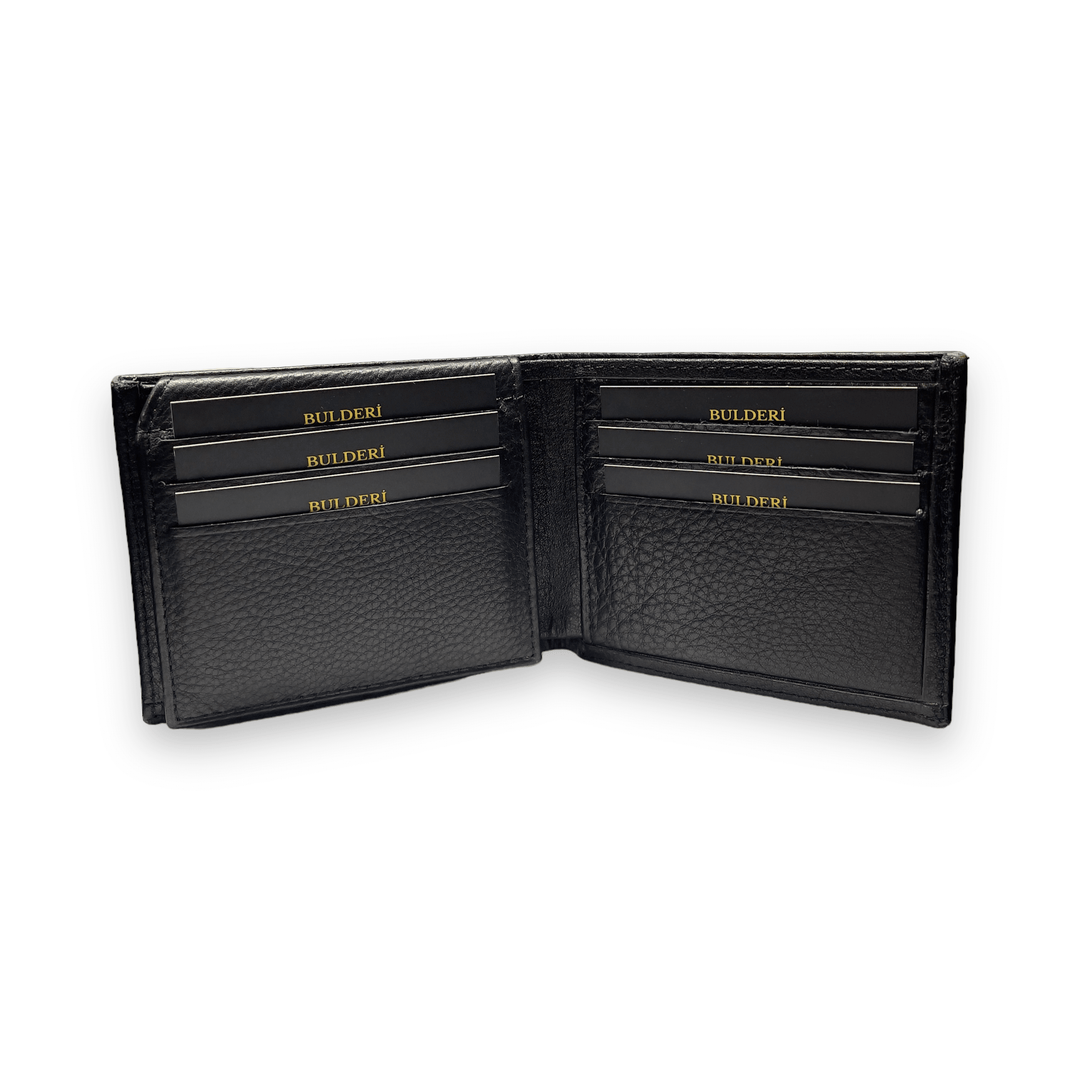
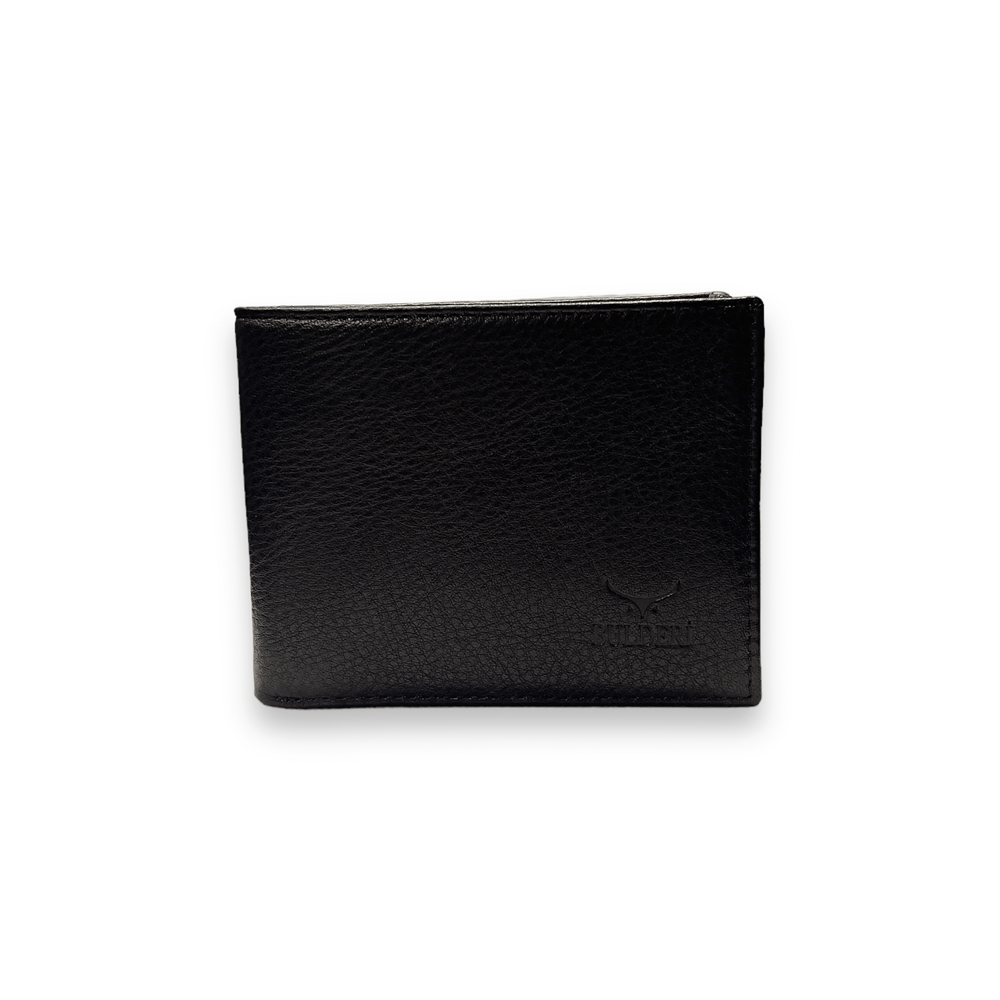

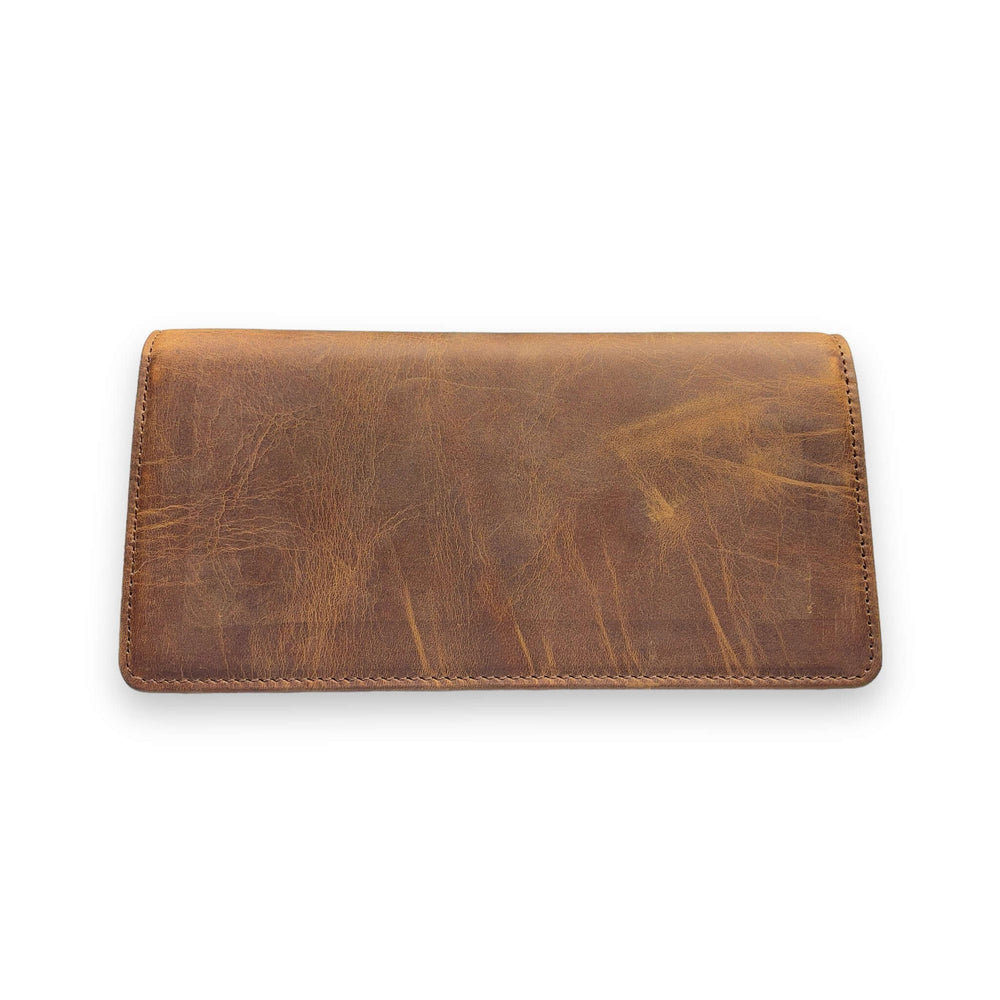
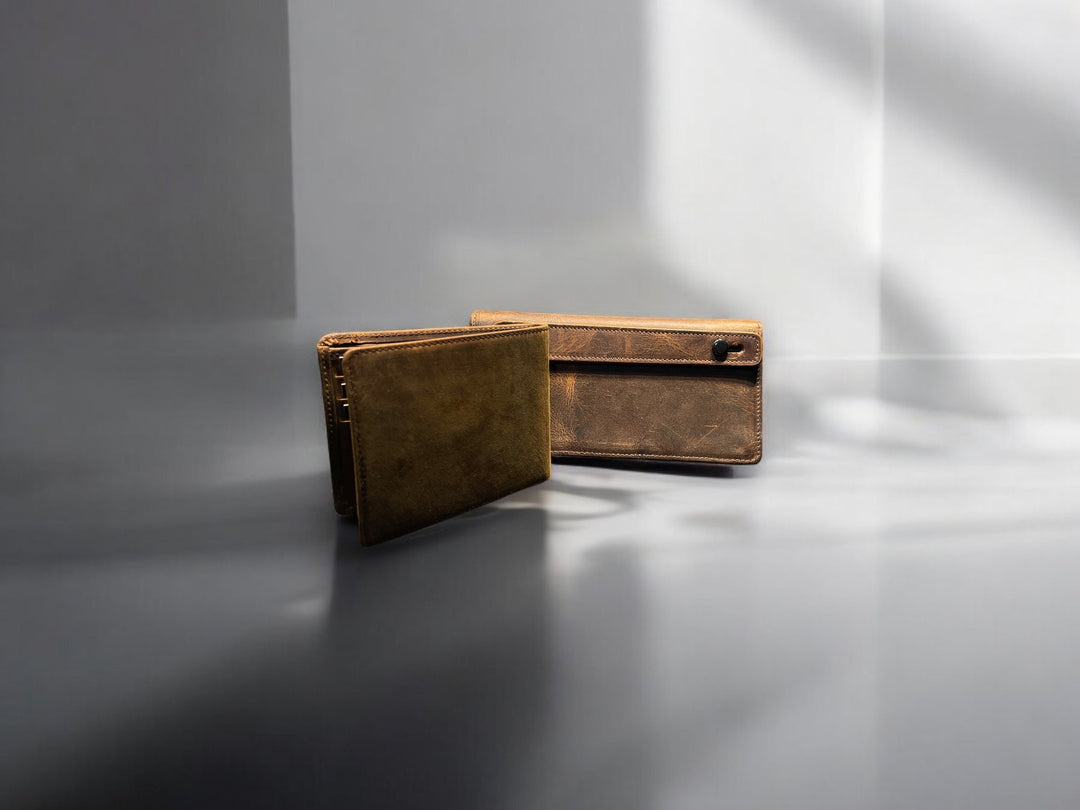
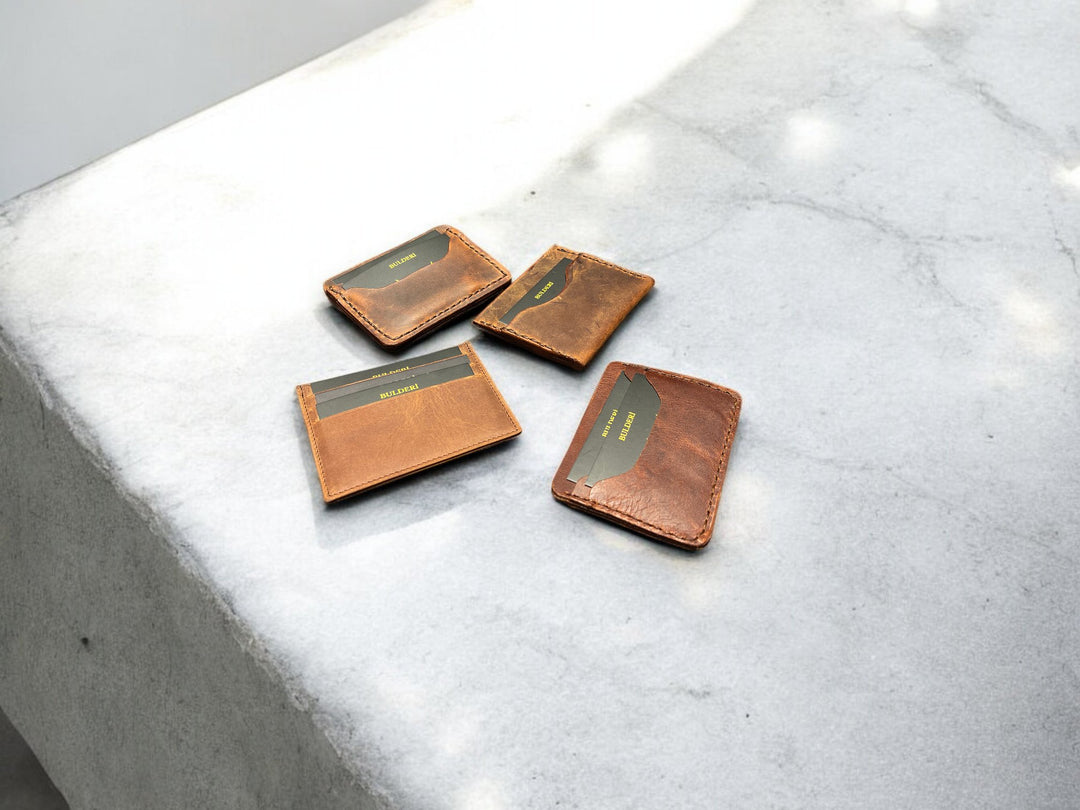
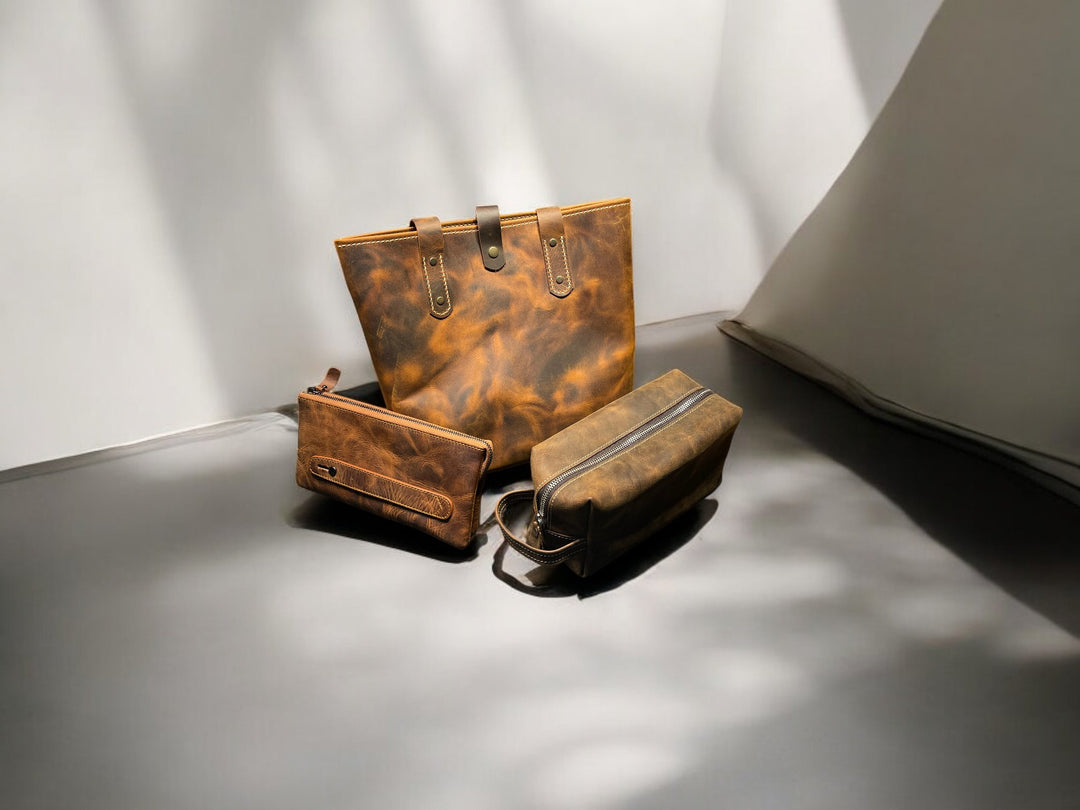

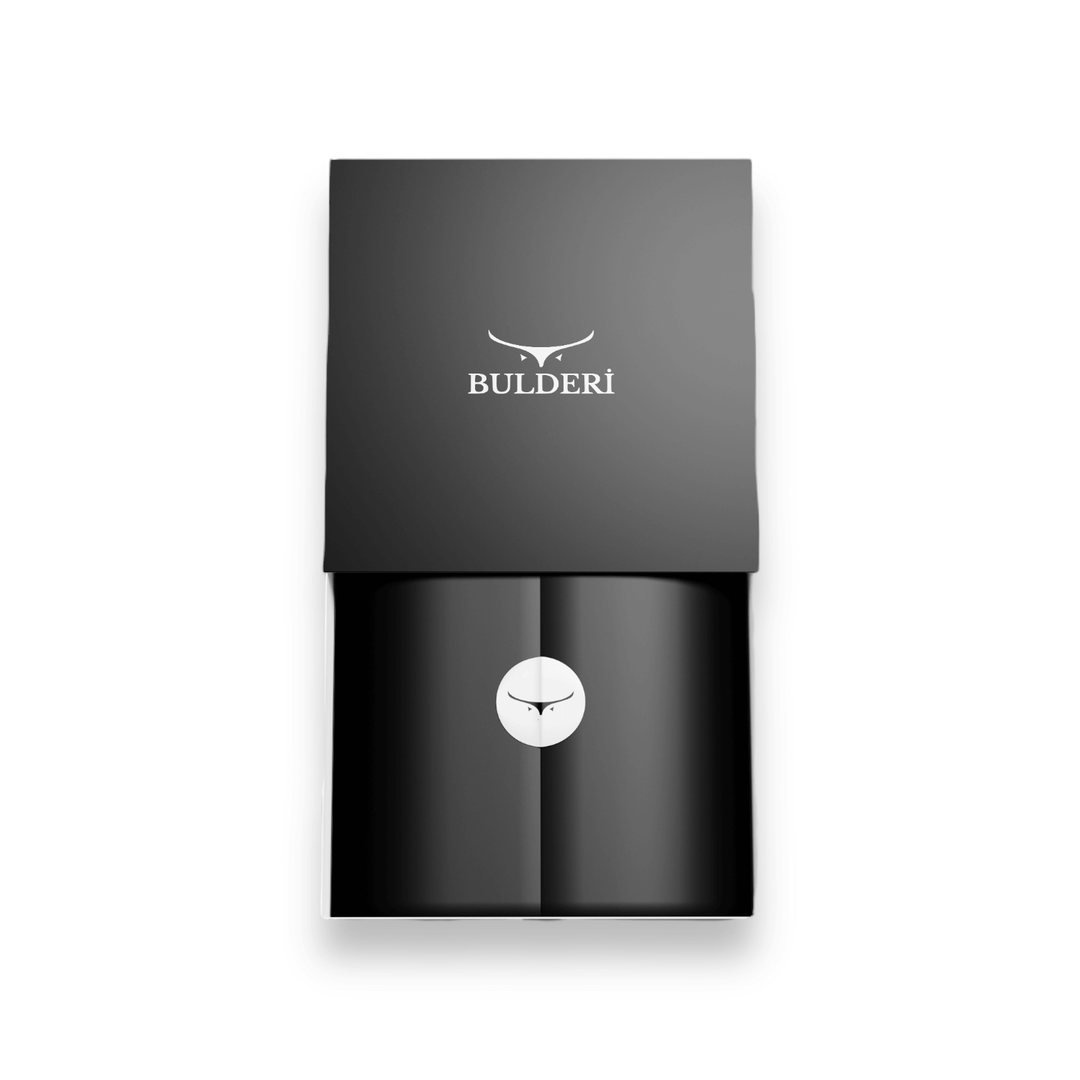
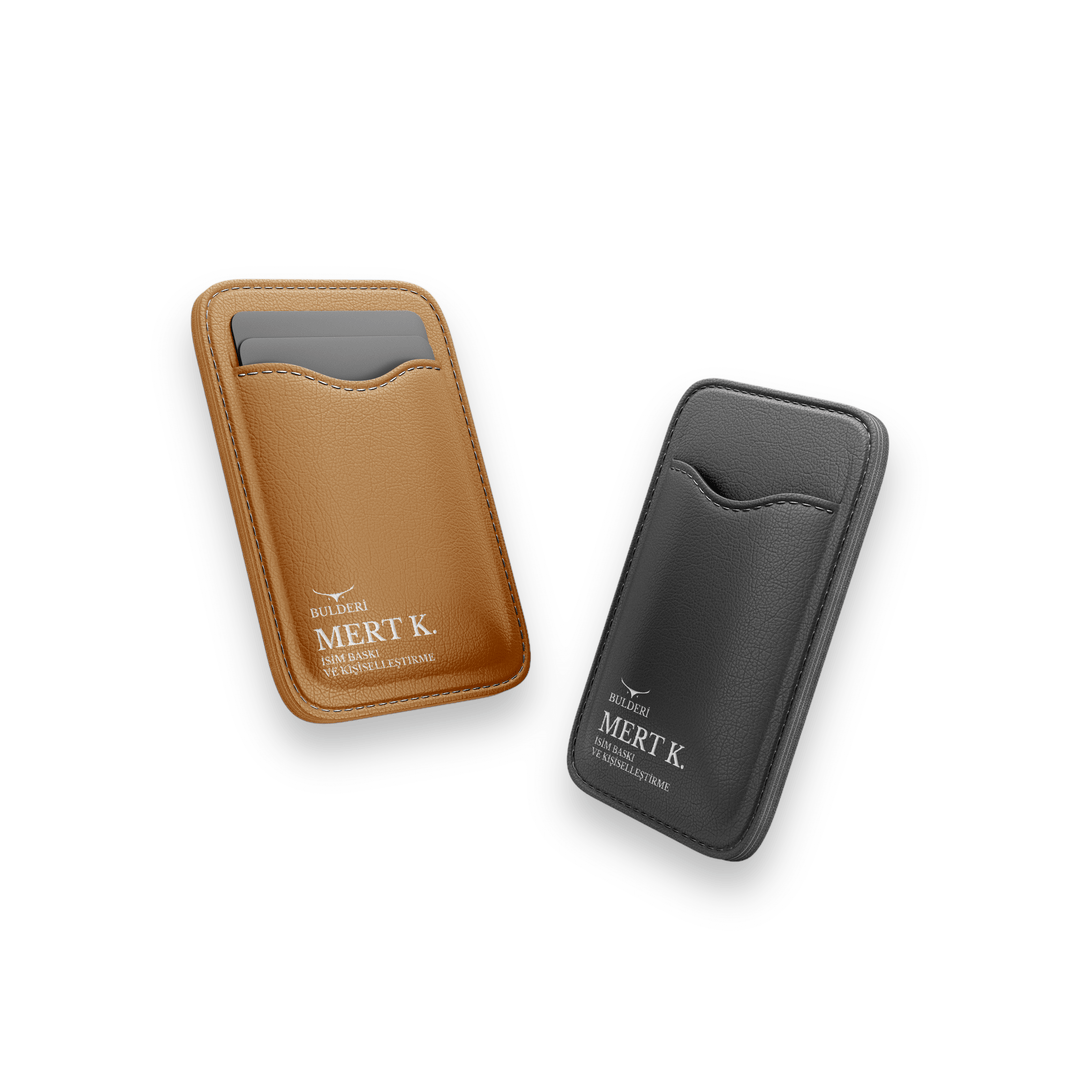
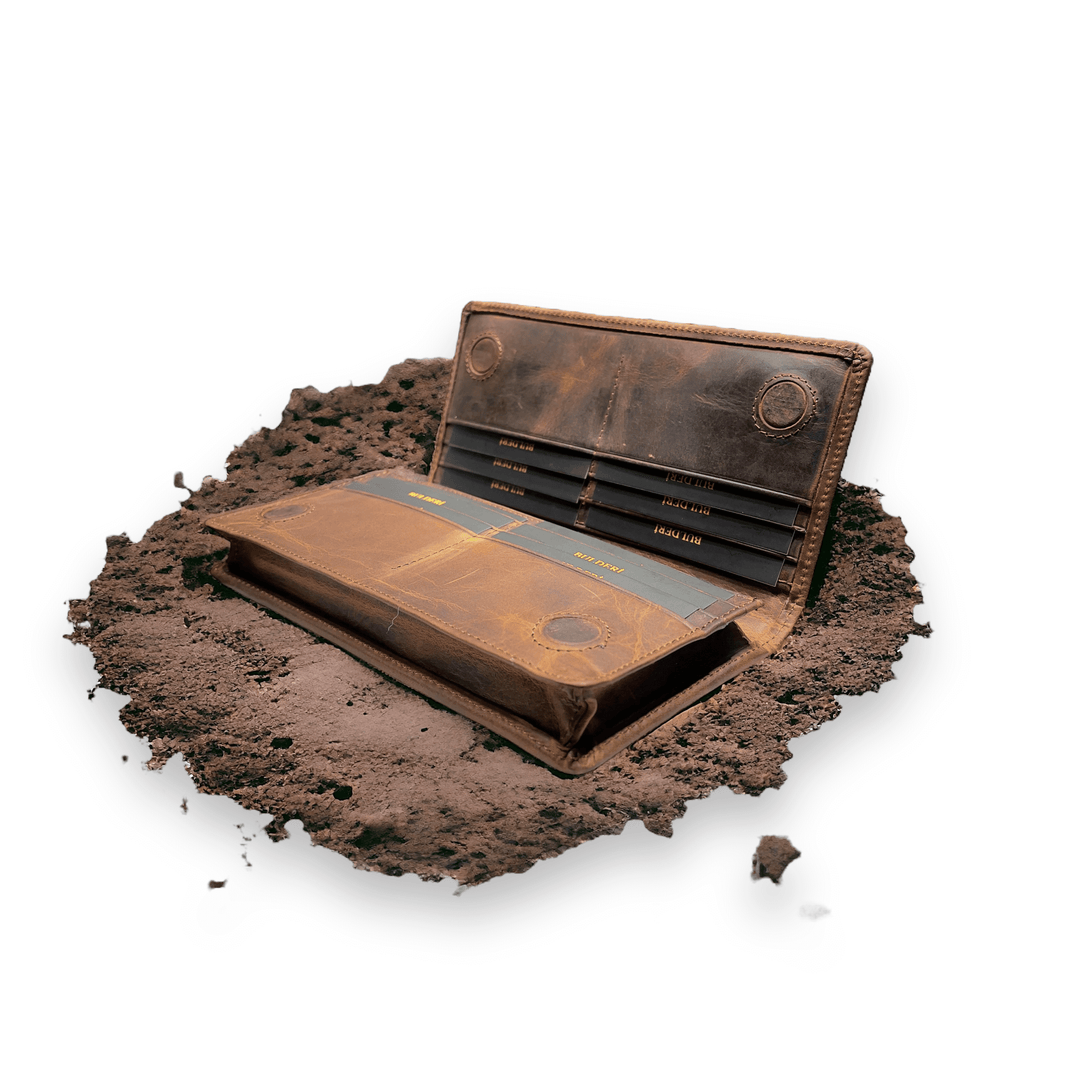
Leave a comment